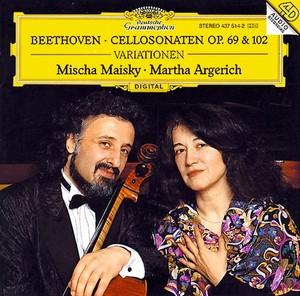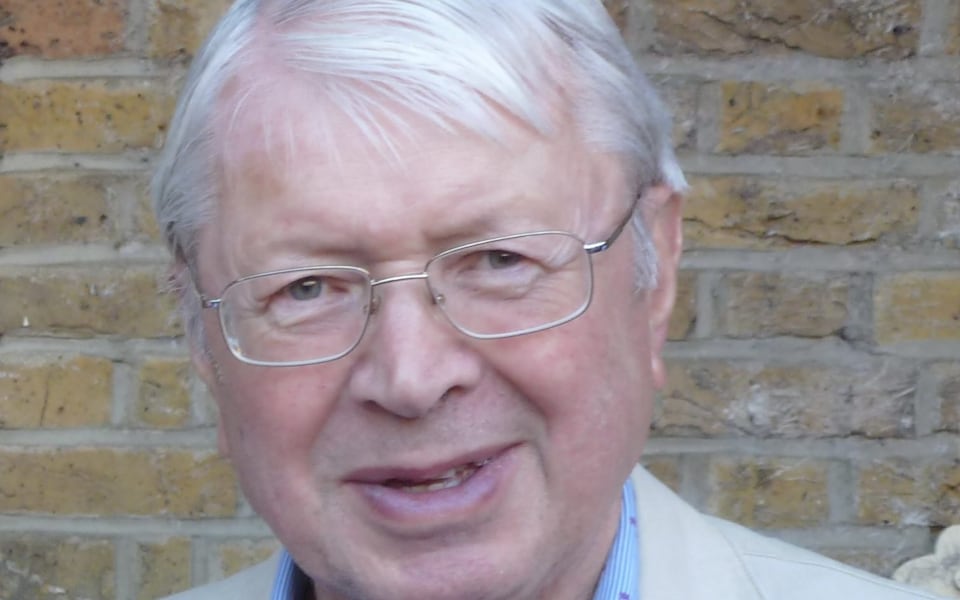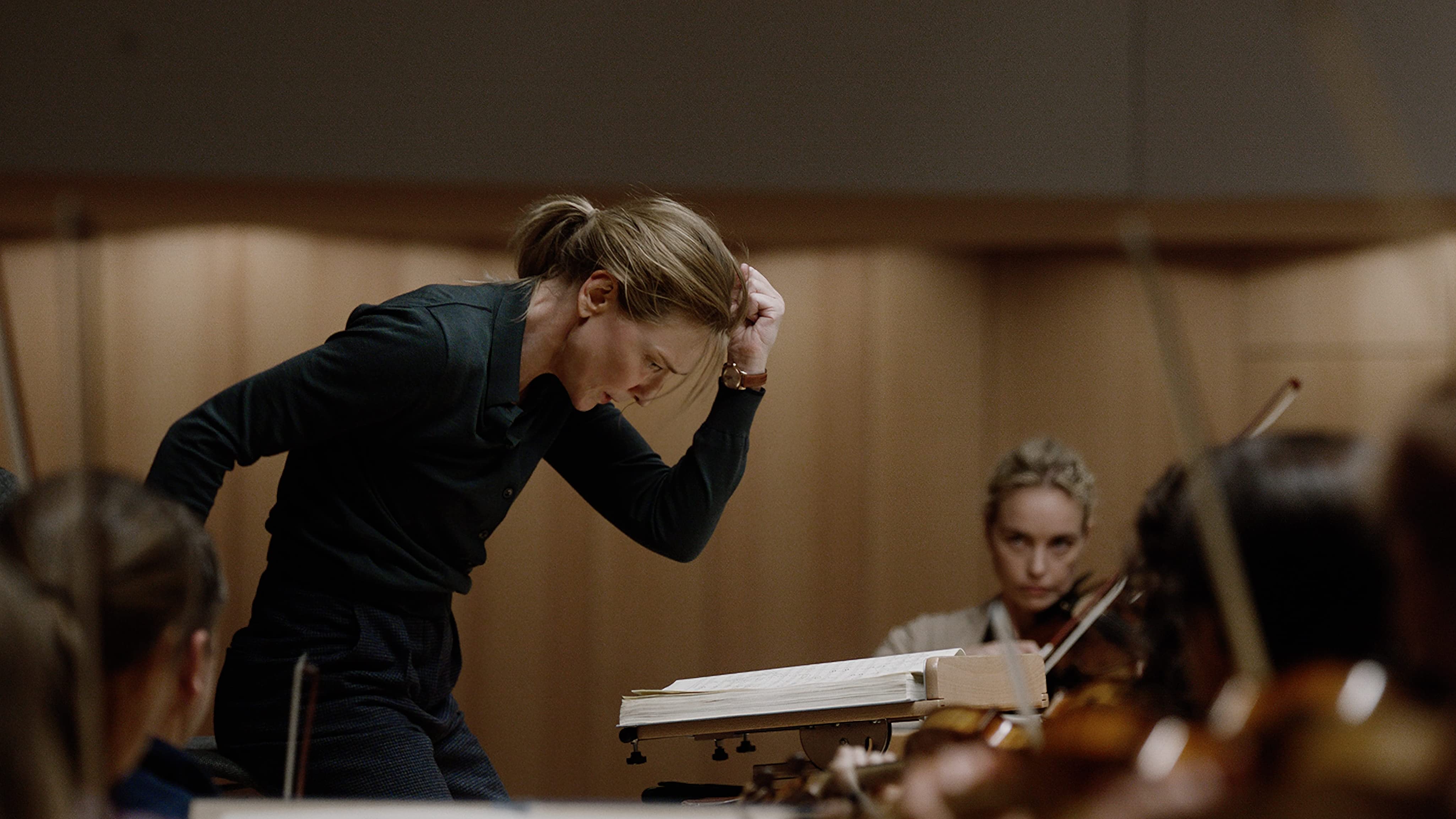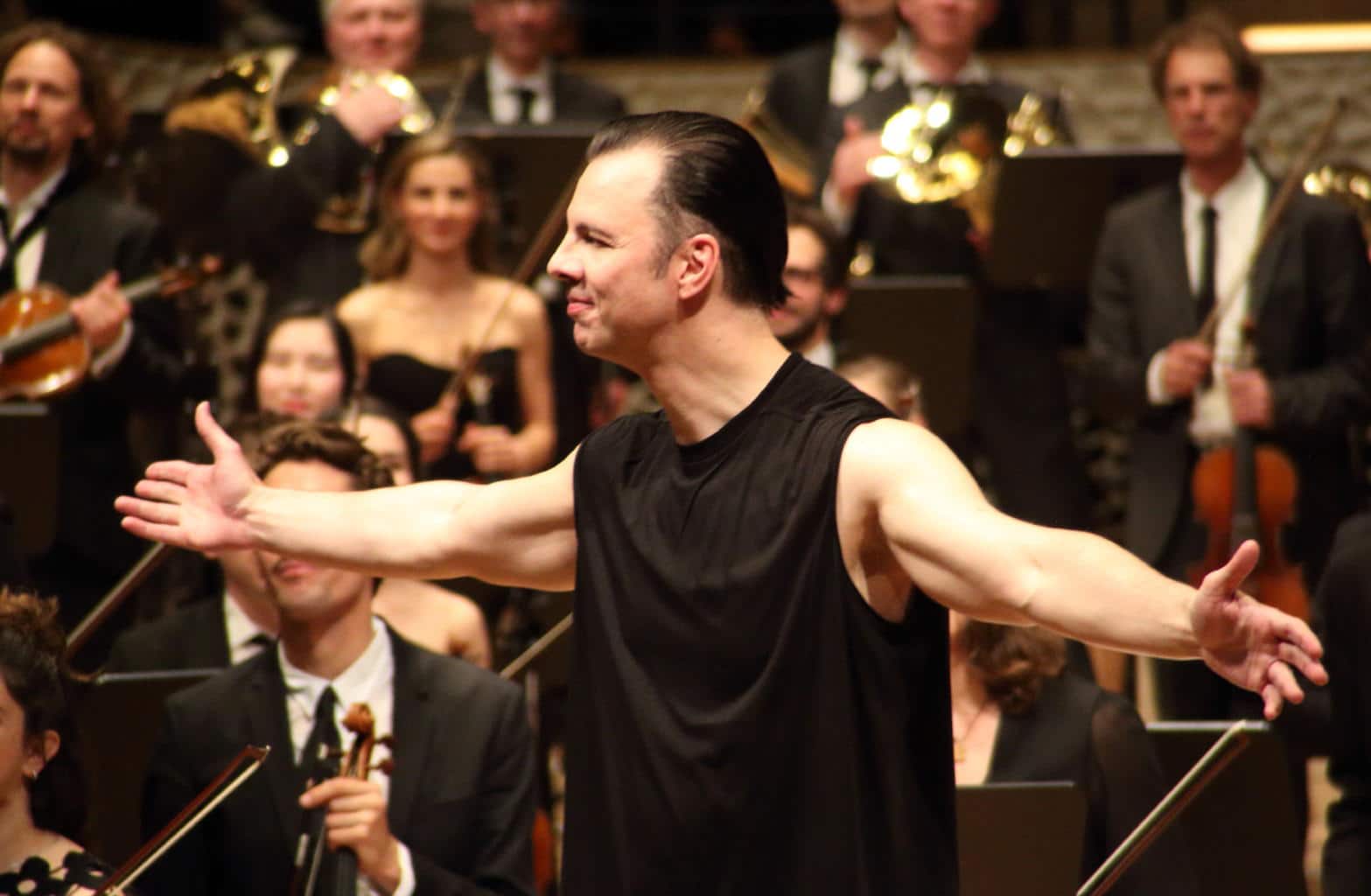Beethoven: the beginning of the end
mainWelcome to the 71st work in the Slipped Disc/Idagio Beethoven Edition
Sonatas for Violoncello and Piano No. 4 and 5 op. 102/1 and 102/2
On New Year’s Eve 1815, just ahead of a sumptuous banquet, Beethoven saw his patron’s palace burn to the ground. The residence of Count Andreas Razumovsky, the Russian ambassador in Vienna, was where the composer put on many of his premieres, notably the string quartets that bore his patron’s name. Without a place to rehearse and perform, the Razumovsky quartet dispersed across Vienna and beyond.
Its cellist Joseph Linke was engaged to entertain Countess Marie Erdödy and teacher her children at her estate on the Jedlersee. Beethoven, who had known the countess on and off for a decade, cadged himself an invitation in order to catch up with her cellist. It was seven years since he last wrote a sonata for the cello and he was ready to give it another go. In a letter to the Countess he made a bad joke on Linke’s name (which means Left), saying Linke would have to begin playing on the left bank of the Danube and bow himself across to the right. The composer was putting a brave face on an overwhelmingly troubled period in his life. It had been a year since he delivered a decent work.
Beethoven in his mid-forties had all but given up the quest for love and reconciled himself to loneliness. His hearing was gone, he was beset by aches and pains and he was locked in a never-ending court battle with his brother’s widow for custody of his nephew, Karl. There was very little around to make him smile yet, in the second half of 1815, he produced two great serenities for cello and piano, quite different from anything he had written before, a gateweay to a new phase in his creativity. The Beethoven analyst Martin Cooper writes: ‘Both (sonatas) show a combination of characteristics which do not appear in any earlier works of Beethoven’s with anything like the same consistency or concentration. In fact these two sonatas are the earliest examples of what we come to recognise as a new style, the style of the Third Period.’
The sonatas were greeted with blank faces. ‘We cannot warm to them,’ reported a listener. Few contemporaries, from here on, understood where Beethoven was heading with his music.
The first sonata, in C major, has two movements and takes up quarter of an hour. The second, in D major is 20 minutes long. It is tempting to address them as late masterpieces, except that Beethoven had no idea he was crossing a threshold as he wrote them. This is one of those occasions where we might be best off unaware of the circumstances of composition. Only as he reaches the double-line at the end do we begin to appreciate where we he has taken us.
The first thing we hear is the absence of ingratiation. Beethoven is not trying to please anyone with memorable tunes and grand gestures. His themes are large and, on the whole, unsingable. Even raptures of beauty – in the adagio of the fifth sonata, for instance – are imbued with transience. Pleasure, for this man, is fleeting, soon to give way to pain. Greatness beckons.
The cello practically whispers its way into the room, the pianist barely touches the keys. It’s as hard to get this opening right as it is to begin the G-major piano concerto. The French cellist Gautier Capuçon (2016) judges it to perfection. With Frank Braley at the piano, this is a superbly unfussy reading of a sonata that does not advertise its own importance. Another French pair – pianist François-Frédéric Guy and cellist Xavier Phillips (2014) – are a fraction more tentative but no less enjoyable companions on this journey into the dark landscape of late Beethoven.
In won’t enumerate all the recommendable performers of these two sonatas. They are practically the same as those I listed yesterday for the 3rd sonata, with Casals/Serkin and Rostropovich/Richter at the head of a pack of immortals and Maisky/Argerich standing out with the dominant series of modern times.
Let me, rather, draw your attention, to the almost-rans. Yo Yo Ma and Emanuel Ax, for instance. A match made over a record executive’s lunch, their performances promises much and keeps on promising until the listener loses patience. Ma is striving for the big statement, Ax for the indelible phrase. Beethoven is an experiment in their sound lab that just doesn’t work.
Jacqueline du Pré and Daniel Barenboim (1971) are another pair who fail to catch fire. Not much sounds right in this live recording, rippled with aoudience coughs. The cellist lacks lustre and is placed so far back that she is almost inaudible against the thundering, blundering piano. We know now that Du Pré, still in her 20s, as in the initial stages of multiple sclerosis and no longer confident in her physical responses to the instrument. That awareness adds a dimension of human tragedy to our perception, but this is not a set you would expect to listen to with any comfort.
Two of the biggest names on the mid-century stage – Gregor Piatigorsky and Arthur Rubinstein (1957) – might as well be phoning in their solo parts for all the engagement their generate in the adagio of the 4th sonata. What were they thinking? And did Rubi bribe the engineers with a good cigar to make his piano three times as prominent as the cello. The moments of lift-off feel almost unintended.

Let me draw your attention, rather, to the benign and reflective approach of Leonard Rose as he takes us, with pianist Leonid Hambro, into the darkening clouds of the adagio of the fifth sonata, with the cello taking the part of Everyman on the path to our common fate. The recording appears to be remastered from Rose’s celebrated 1953 recitals at the Library of Congress, a moment in history when the fate of the world hung in the balance. There’s a Paul Tortelier recording from 1949 Berlin that has something of this knife-edge atmosphere.
It is in the adagio that Beethoven develops the language that will serve his last piano sonatas and his late string quartets. There is a disconcerting cry at around 4:30, reminiscent of his song ‘Ah, perfido!, that welds despair to resignation. One has the sense of an artist accepting his final duty of self-sacrifice. The young Jan Vogler captures this uncannily in his 1994 recital with Bruno Canino. No less intense is Matt Haimovitz (2015) in partnership with the fortepiano of Christopher O’Riley, the thinner keyboard sound ideally suiting this contemplation. But I would be deceiving myself if I did not recognise that, both for penetration and perfect sound, Maisky and Argerich are incontestable.






Comments